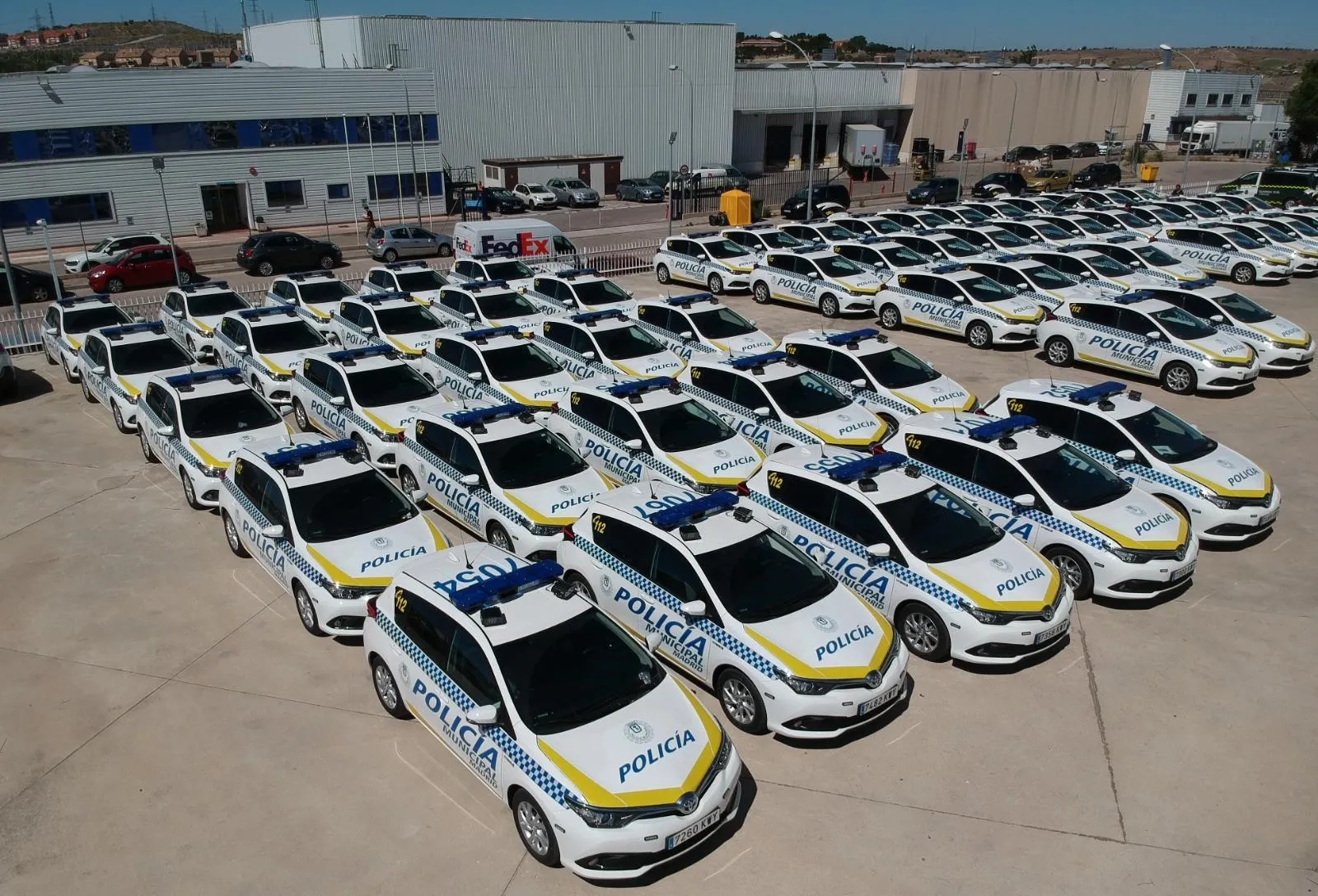
Traffic enforcement in Spain’s capital city is on the move.
Policia Municipal de Madrid has equipped 25 police patrol cars with Tattile ANPR Mobile cameras.
Each vehicle now carries two units connected to a tablet computer, and the data generated by the cameras can be matched in low latency with specific blacklists on a database.
Integrated vehicle plate recognition software allows number plates to be checked for several potential violations, such as missing insurance or the absence of a valid technical revision plate – as well as crimes such as stolen vehicles or duplicated plates.
The cameras can be installed on the roof, bonnet or trunk of the car, and the system does not require the installation of processing units on board the cars.
There is no physical connection either: data transmission from the unit to the tablet is via WiFi.
ANPR Mobile is easily transportable between vehicles, which reduces costs, says Tattile.
The camera features on-board GPS and can capture images in both grey scale and colour, with the best automatic selection of acquisition parameters with multiple auto exposure.
The control console runs on PCs, tablets and Android smartphones and can receive data from multiple devices and display them as images, texts and to create white/black playlists.
Tattile says it is the most suitable mobile ANPR police system solution for law enforcement in both in-vehicle installations and for mobile tactical operations.









